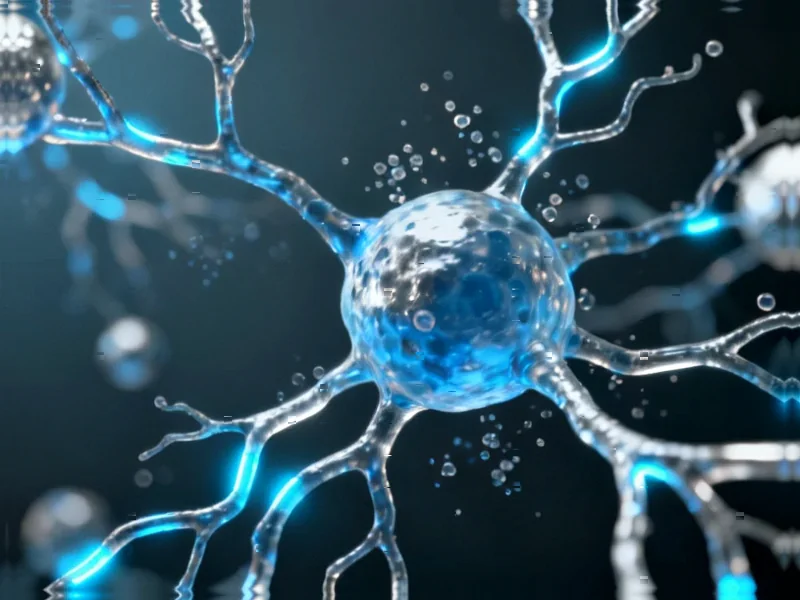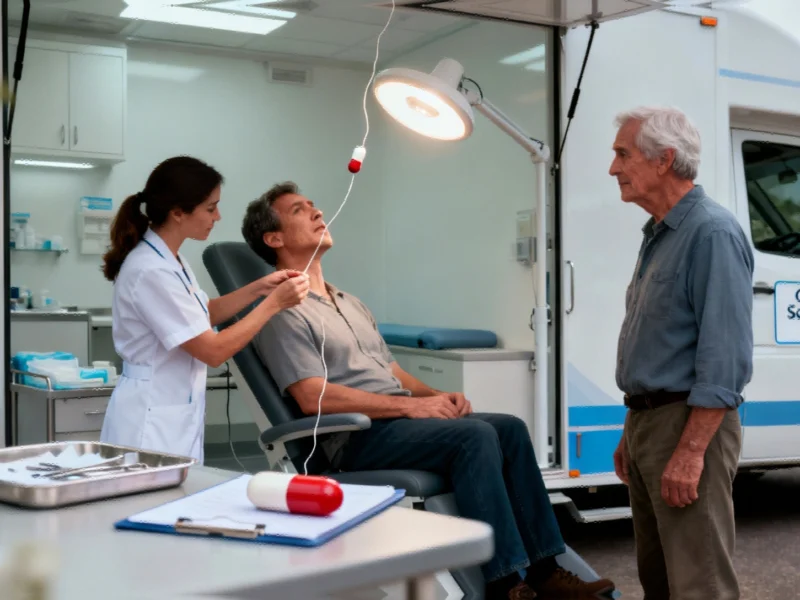Breakthrough in Cancer Research
In what sources indicate could be a significant advancement in cancer therapeutics, researchers have isolated and characterized a novel glycolipid biosurfactant designated S1B that shows promising anticancer properties. According to reports published in Scientific Reports, this discovery comes at a critical time as global cancer cases exceed 29 million worldwide, creating an urgent need for novel, effective, and low-toxicity anticancer agents.
Table of Contents
Innovative Sampling and Isolation Strategy
The research team implemented what analysts suggest was a rigorous sampling strategy across heterogeneous locations within India, with primary water samples collected from the Ganga River in Kolkata. The site was reportedly selected due to its diverse microbial populations influenced by industrial effluents, agricultural runoff, and urban pollution. Sources indicate that samples were collected in sterile containers and processed using strict sterility protocols to preserve microbial integrity.
Preliminary screening for biosurfactant production was conducted using the CTAB-methylene blue agar method, where colonies producing anionic biosurfactants formed distinct dark blue halos. The report states that positive isolates were selected for further analysis and characterization.
AI-Driven Production Optimization
What makes this research particularly innovative, according to analysts, is the application of artificial intelligence in optimizing the production medium. The production medium contained specific concentrations of salts, nutrients, and trace elements, with olive oil serving as the carbon source. The pure culture reportedly flourished at 35°C over seven days, with careful pH maintenance and refrigeration during extraction to protect the biosurfactant from degradation.
Comprehensive Structural Characterization
Researchers employed multiple analytical techniques to characterize the novel compound. Thin Layer Chromatography revealed the glycolipid nature of S1B, showing brown spots when treated with bromothymol solution. Fourier-transform infrared spectroscopy and nuclear magnetic resonance spectroscopy provided detailed structural information, while mass spectrometry and elemental analysis determined precise molecular weights and composition.
The report states that nuclear magnetic resonance spectroscopy was particularly instrumental in elucidating the intricate chemical composition of the purified biosurfactant. Comprehensive 13C and 1H NMR datasets were acquired using a high-resolution multinuclear Fourier transform NMR spectrometer with a field strength of 400 MHz.
Surface Activity and Functional Properties
Multiple assays confirmed the surface-active properties of S1B. The oil displacement assay demonstrated significant oil removal capacity, while critical micelle concentration measurements showed the compound’s efficiency at reducing surface tension. The emulsification index measurement indicated strong microbial interaction with oils, suggesting potential for various industrial applications., according to emerging trends
Promising Anticancer Activity
Perhaps most significantly, the cytotoxicity of pure S1B against cancer cell lines was assessed using MTT assay. According to the research, HeLa (human cervical adenocarcinoma) and HEK (human embryonic kidney) cells were treated with biosurfactant concentrations ranging from 50 to 250 µg/mL for 24 hours. The results reportedly showed dose-dependent cytotoxicity, with cell viability reflecting metabolic activity calculated through formazan crystal formation.
Additionally, a DPPH experiment evaluated S1B’s ability to scavenge free radicals, with concentrations ranging from 12.5 to 100 µg/mL showing significant antioxidant activity compared to ascorbic acid standards.
Future Implications and Applications
Analysts suggest this research underscores the potential of glycolipid biosurfactants as next-generation biomolecules for targeted cancer therapy and environmentally conscious biotechnological applications. The successful integration of AI-driven optimization with traditional microbiological methods reportedly represents a significant advancement in sustainable biomanufacturing strategies.
The report concludes that these findings open new avenues for developing low-toxicity anticancer agents while demonstrating the untapped potential of natural microbial resources in therapeutic development. Further research is needed to fully understand the mechanism of action and potential clinical applications of S1B.
Related Articles You May Find Interesting
- Gaming Industry at Crossroads as AAA Development Costs Soar, Says Former God of
- Hyperscale Leasing Frenzy: Q3 2025 Data Center Demand Shatters Records as AI Gia
- How AI Tools Like Hebbia Are Reshaping Investment Banking Workflows and Analyst
- South Africa’s Energy Blueprint: How IRP 2025 Charts Course for Economic Revival
- Government Unveils Plan to Slash Business Regulations Amid Mixed Reactions
References & Further Reading
This article draws from multiple authoritative sources. For more information, please consult:
- http://en.wikipedia.org/wiki/Biosurfactant
- http://en.wikipedia.org/wiki/TLC_(TV_network)
- http://en.wikipedia.org/wiki/Nuclear_magnetic_resonance_spectroscopy
- http://en.wikipedia.org/wiki/Agar_plate
- http://en.wikipedia.org/wiki/Sample_(material)
This article aggregates information from publicly available sources. All trademarks and copyrights belong to their respective owners.
Note: Featured image is for illustrative purposes only and does not represent any specific product, service, or entity mentioned in this article.



